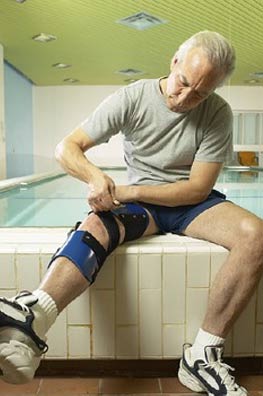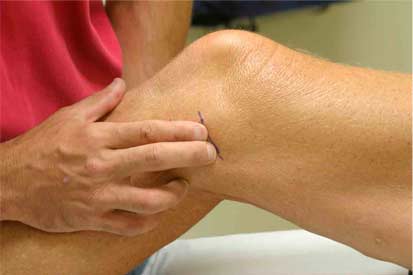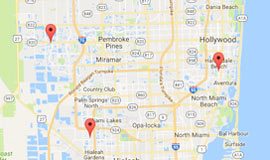The risk is highest for men over 40, and for those who play sports. Tennis, skiing, and running are also hard on the menisci.
Whether you play with the Miami Heat or the huff-’n-puff league on Friday nights, the question I hear most often is, « How long will this keep me out of the game, Doc? »
That, my friend, depends on the nature and severity of the injury and other factors.
Meniscus Takes The Hit

Generally, professional athletes can return to action somewhere between two to six months after a bad tear and surgical treatment. But let’s start at the beginning.
The menisci, which are made of tough fibrocartilage, bear 30 to 50 percent of the body’s weight while you’re standing. They help ensure that the weight of the body is distributed evenly across the knees, and not resting solely on the tibia and femur bones. If you are running or skating, or even just standing under the basket with your knee flexed and there is a sudden collision or jolt that twists your leg, the menisci take the brunt of it.
One Indication of a Meniscal Tear is Called Cooper’s Sign.
—> If you feel pain when you roll over in bed at night (which causes a twisting motion in the knee), you may have a torn meniscus.
—> Another telling sign is a clicking sensation while you’re walking, or the feeling that your knee is locked in place and you can’t fully extend it.
Torn Meniscus Diagnosis
The first step is to get an ultrasound diagnosis. Because a torn meniscus is a soft-tissue injury, it won’t show on x-rays. Ultrasound or MRI are more helpful in diagnosing meniscal tears. We can also use arthroscopy to insert a tiny camera into the joint. The physical exam—when we put your knee through the motions and measure your response—is a reliable diagnostic tool.
If the tear is slight and there is no other damage, conservative therapy may get you back to the playing field (or rink, or court). Physical therapy, anti-inflammatory drugs, and possibly an injection of corticosteroids are options. There are exercises to strengthen the quads and prevent meniscal tears—and specific moves you can learn to help prevent further injury.
When Meniscus Surgery is The Only Option
If surgery is necessary, arthroscopy is the least invasive procedure. Conventional surgery may be called for, to repair a torn meniscus. Some studies show that a knee injury of any sort—an ACL tear, for instance—should be treated as soon as possible because any delay can result in a higher chance of a subsequent meniscal tear.
Rehab is also critical to your success. Like treatment, the rehab program should be tailored to each individual patient—his or her body, injury, and sport.












